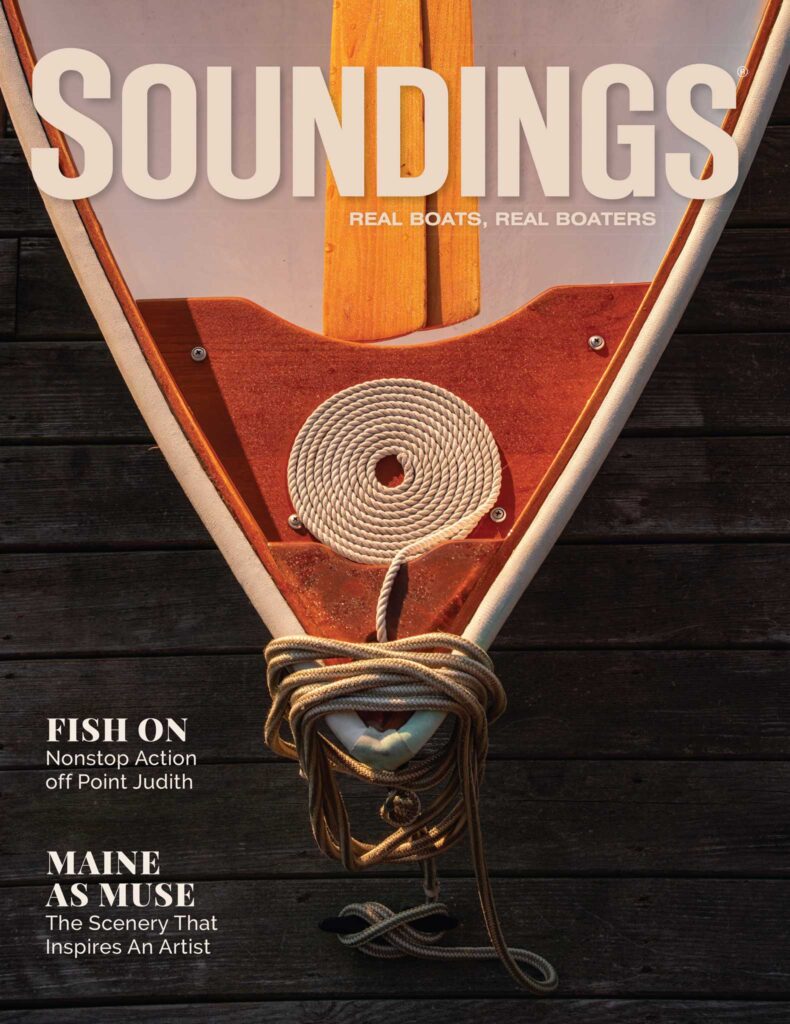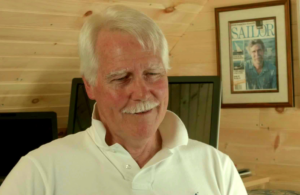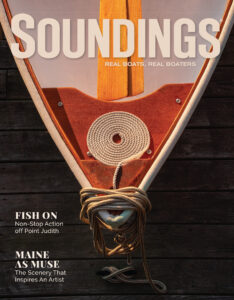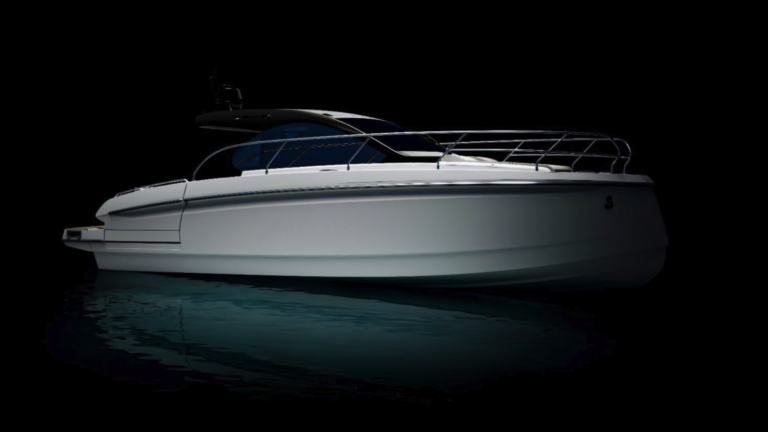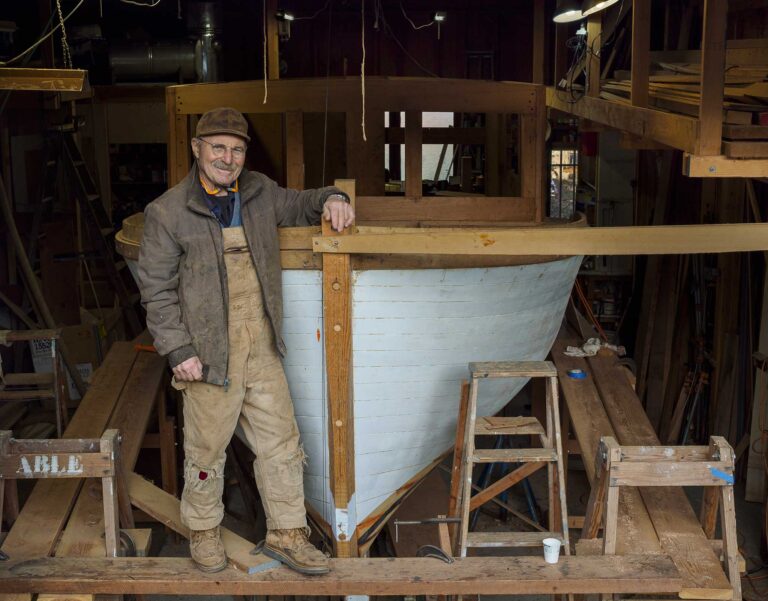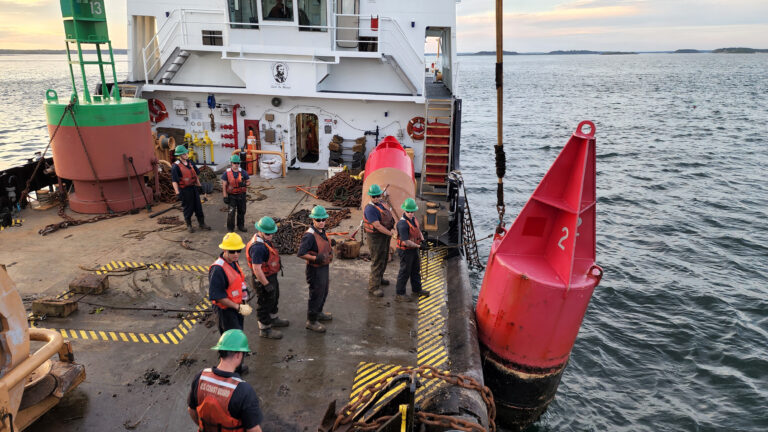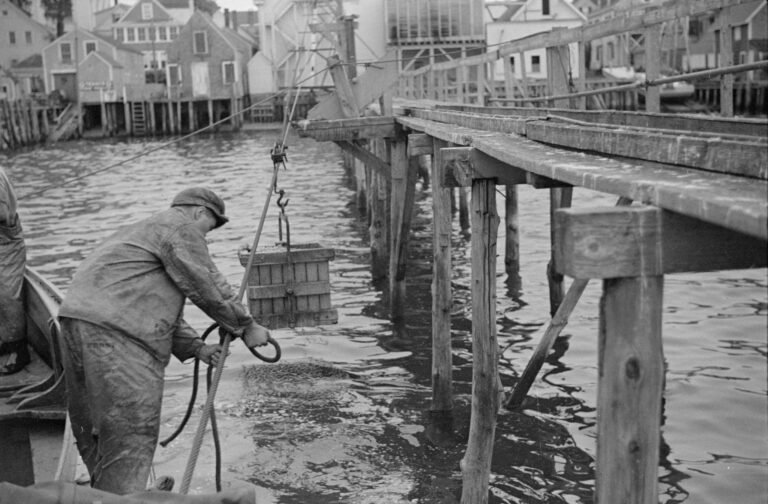The future may see more innovative forms of fractional boat ownership
The future may see more innovative forms of fractional boat ownership
Boating is down because there are too many ups: gas prices, slip fees, yard bills, insurance rates.
“Enough already” is the motto of the optimists, who believe boating could grow at a healthy clip if only the associated costs could be shared and the hassles outsourced. Go when you want, where you want. Spend a joyful day on the water, get back, tie up and walk away. Let someone else take care of the chores. Welcome to fractional yachting.
Different companies offer different variations of the concept. Some provide members with varying levels of access to a vessel in a location of their choice. Others might operate on a franchise basis. Either they own boats and rent them out to program members, or they sell boats and lease them back from private owners and add shareholders who pay an annual fee for guaranteed usage but without the ownership option.
A third variation caters to people who want to own a boat, just not all of it. An example of this is Beneteau Fractional Yachting, which was launched last fall. Four individuals buy a Beneteau sailing or power yacht outright to share. Scheduling is handled on a dedicated Web site, and a concierge service handles maintenance and repairs through authorized dealers.
Service charges are billed to the owners’ credit cards and can be audited online. Even the application for financing can be filed on the Internet.
“Fractional boating opens the possibility for boat ownership to a much broader demographic,” says Grant Headifen, who co-founded SailTime and now contracts with Beneteau to run its fractional program through his company, Nautic 7. “There are potentially many more people who would embrace boating if they can get in with a 25-percent stake instead of becoming full owners.”
Beneteau promotes fractional yachting as a way of easing into boating for newcomers who like the sport but might not be fully aware of the responsibilities. Headifen is banking on the Internet and modern communications technology to make fractional work. Before leaving the dock, the skipper must complete an online checklist and send it back to Nautic 7 via on-board PDA, indicating the condition of the boat. If someone constantly leaves behind a mess or returns the boat dinged up, the next operator will report it.
“By signing the owners’ contract, you agree to pay a fine for repeated violations, and that money goes into the boat’s kitty,” Headifen says. “Skippers who cause damage pay the insurance deductible. But generally, people are careful because they know that we know what’s going on with the boat.”
Nautic 7 also offers online sailing courses for skippers and crewmembers at www.nauticed .org. They cost $99 and $59, respectively, and are mandatory for participants in the program. The practical test on the water is taken in the presence of a Coast Guard-licensed captain, according to Headifen.
Boston-based Barton & Gray started out by offering fractional ownership of Hinckley Picnic Boats in Nantucket, Mass., but has switched to the club philosophy. Membership in the Mariner’s Club includes access to boats in Nantucket, Newport, R.I., Greenwich, Conn., and Naples and Palm BeachFla. “At the $15,000 Ensign level, our Mariner’s Card is good for eight trips in any location,” says Tim Barton, the company president. “Fractional ownership takes a multiyear commitment, while club membership is for one year. It’s more flexible, which is what our customers like.”
At Etap Charter Lease, based in Stamford, Conn., seven shareholders pay a flat annual fee (around $6,500) to use a privately owned Etap 37 for two weeks in one season. “It is a compelling model for owners who don’t use their boat full time and for individuals who don’t need or want ownership,” says Ludwig Hoogstoel of Etap USA, who runs the program. A calculation on the company Web site shows a cost of $429 per day to sail an Etap 37 as a shareholder versus $2,245 for the same boat if it is owned outright by a single individual, assuming 6 percent interest on a
20-year loan.
“Our focus is on membership, not necessarily on ownership,” says Paula Nelson, who owns the SailTime franchise in Annapolis, Md. Founded in 2001, SailTime has approximately 1,000 members and operates 140 boats in the United States, United Kingdom, France, The Netherlands, Canada and Puerto Rico. Members receive a guaranteed usage of seven times a month, and prices depend on location and vessel size. A Hunter 45 DS, for example, docked in Annapolis costs around $12,000 per member per year. SailTime also offers powerboats.
Ian Treiback of WindPath in Stamford, Conn., oversees 30 boats (12 under private ownership) in 13 U.S. locations and 200 members who get to use Catalina sailing yachts and Back Cove powerboats. “We feel that our selection balances the popular with the slightly more exclusive tastes,” says Treiback, who points out the importance of simple and reliable equipment that performs well. WindPath charges a one-time fee for training and initiation, and a monthly or annual fee for boat usage. Prices depend on vessel size.
“People today have many competing interests and fractional boating accommodates this lifestyle,” says Nelson. “You go boating when you want, hassle-free. You won’t feel guilty about not using your boat enough or using too often, thus neglecting other commitments.”
Barton thinks that the time for fractional yachting has arrived. “Fractional ownership has come a long way, but now it is absolutely accepted for big-ticket items,” he says. “It’s happened with luxury vacation homes and it’s happened with jets. I see no reason why it shouldn’t work for yachting.”

